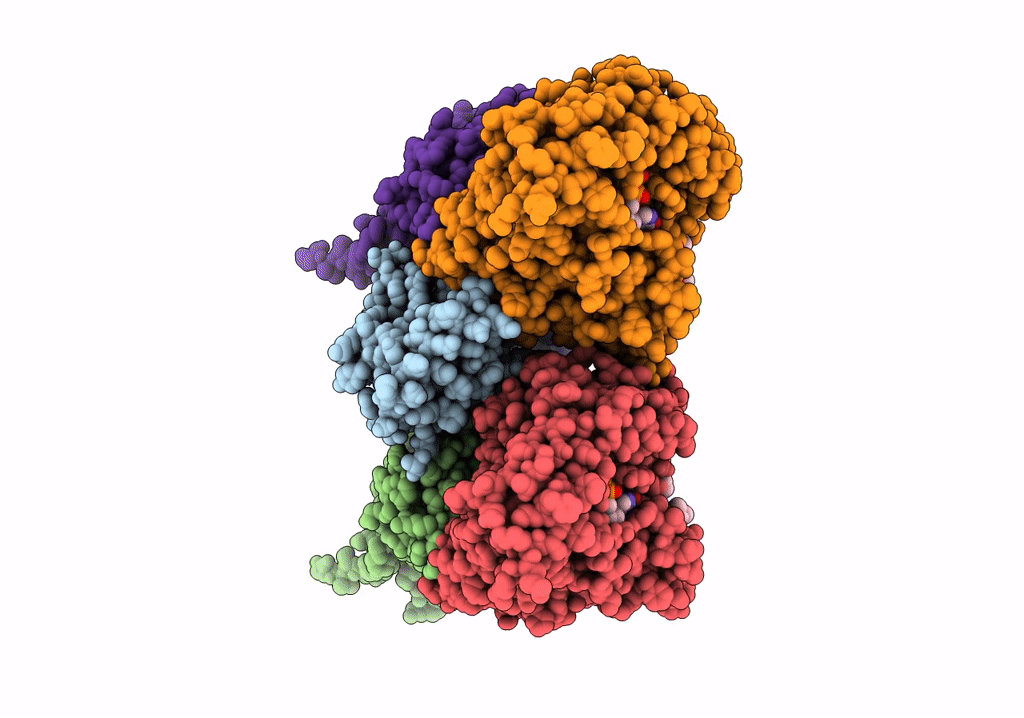
Deposition Date
2019-03-02
Release Date
2019-11-27
Last Version Date
2024-05-15
Entry Detail
PDB ID:
6QVJ
Keywords:
Title:
HsCKK (human CAMSAP1) decorated 14pf taxol-GDP microtubule
Biological Source:
Source Organism:
Homo sapiens (Taxon ID: 9606)
Host Organism:
Method Details:
Experimental Method:
Resolution:
3.80 Å
Aggregation State:
FILAMENT
Reconstruction Method:
SINGLE PARTICLE


